“Make in India” promises more accountable and transparent governance
June 21, 2016 3:00 pm
Policies under “Make in India” are focussing to improve the ease of doing business in India. Prafull Sharma, General Manager – Industry Business, Schneider Electric India explains what makes India an attractive destination for investors across sectors.
Need to pick up pace“Make in India” is a great initiative to make India a global manufacturing hub. It has encouraged multinational as well as national companies to manufacture their products in India. Key thrust of the programme has been to cut down on delays in manufacturing projects clearance, develop adequate infrastructure and make it easier for companies to do business in India. This has shown positive sentiments across sectors. It has resulted in good FDI inflow and lot of companies are showing interest in setting their research, development and manufacturing base in the country. However, there is still some scope of improvement as far as pace of manufacturing is concerned.
Improving ease of doing businessAll the policies under “Make in India” are focussing to improve the ease of doing business in India. This includes faster speed with which protocols are met, increased transparency. Online environmental clearances and online filing of income tax returns have been implemented. Also, validity of industrial licence is extended to three years and paper registers have been replaced by electronic registers. All these points are towards more accountability and transparency in the system and set up the stage for Indian manufacturers. In addition, new FDI policies will infuse much required capital in the system, which is a win-win situation for the manufacturers. There is also a need to find and develop the right talent to meet requirements.
India, a preferred destination for global investorsIndia is expected to become the third largest economy of the world by 2030. The country is expected to rank amongst the world’s top three growth economies and the top three manufacturing destinations by 2020. There is sustained availability of quality workforce and strong consumerism in the domestic market. The country has strong technical and engineering capabilities backed by top-notch scientific and technical institutes. Also, the cost of manpower here is relatively low as compared to other countries. All these factors have combined to make India an attractive destination for investors across sectors.
What has also helped India improve its global reputation to be investment hub is the strong policy push being provided by the government which has been ably backed by local corporate. If we talk about infrastructure advantage, every state in India has developed industrial parks for setting up of industries. Then there are National Investment & Manufacturing Zones and Special Economic Zones. The Government of India has been promoting the development of sector specific parks. The country also has few dedicated zones for industrial units from countries such as Neemrana Japanese Zone. The government is developing the Delhi-Mumbai Industrial Corridor (DMIC) as a global manufacturing and investment destination utilising the 1,483 km long, high-capacity western Dedicated Railway Freight Corridor (DRFC) as the backbone. The objective is to increase the share of manufacturing in the GDP of the country and to create smart sustainable cities where manufacturing will be the key economic driver.
Major roadblocks to “Make in India” and the way forwardIndia needs a rational and simplistic tax structure to ensure ease of doing business. However, the delay in enforcing the Goods and Service Tax (GST) regime has proved to be a spoiler for the growth of manufacturing sector. Lack of clarity on India’s supply chain, regional production plans, export and import strategy, infrastructure strategy, mobility of labour and foreign investment strategy are major roadblocks to “Make in India” drive. Undeniably, what makes a nation a true economic powerhouse in the long run is the quality of its manufacturing and services sectors. In this sense, the “Make in India” initiative is important and its success imperative. While the above policy measures are undoubtedly in the right direction, they need to be supplemented by creation of an overall ecosystem that supports its growth and sustenance.
The need of the hour is to harness technology and foster innovation for creating a centre of excellence for manufacturing and services in the identified sectors. A robust mechanism is essential to protect intellectual property by safeguarding the rights and interests of technology creators and providers. Stringent contract enforcement laws with a time bound dispute resolution mechanism shall aid in boosting investor and customer confidence.
Schneider and “Make in India”Schneider has already created India as a manufacturing base with 29 factories, not only catering to the domestic market but also overseas. Schneider has set up a Global Technology Centre in Bangalore. With 460 employees working on product development, and resource enhancement, GTCI’s gamut of activities includes research in the fields of electro mechanical design and software development. The innovative products and technologies prepared at the centre are available in all markets across the globe. Tasks at the Bengaluru centre are accomplished in synchronisation with Schneider Electric’s major Design Centre in the field of power protection and control, industrial automation and installation systems and control.
Last year, Schneider Electric conducted a six-month road show called “Energy and Automation Yatra – 2015-16” to promote digitisation in electrical distribution, solar power and industrial automation solutions. The road show was in line with government’s “Make in India” initiative which is aiming to bring the latest innovations in technology to India’s hinterland and promises to give a fillip to the infrastructural and manufacturing ambitions of India. Supporting the initiative, the company is expanding into the local domain and is increasing the devices which are to be made and assembled locally.
Lack of clarity on India’s supply chain, regional production plans, export and import strategy, infrastructure strategy, mobility of labour and foreign investment strategy are major roadblocks to “Make in India” drive.Prafull Sharma, GM – Industry Business, Schneider Electric India
Cookie Consent
We use cookies to personalize your experience. By continuing to visit this website you agree to our Terms & Conditions, Privacy Policy and Cookie Policy.




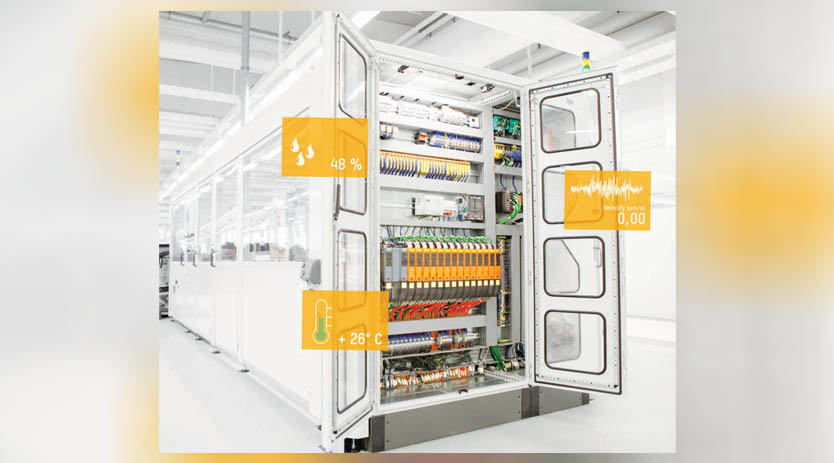

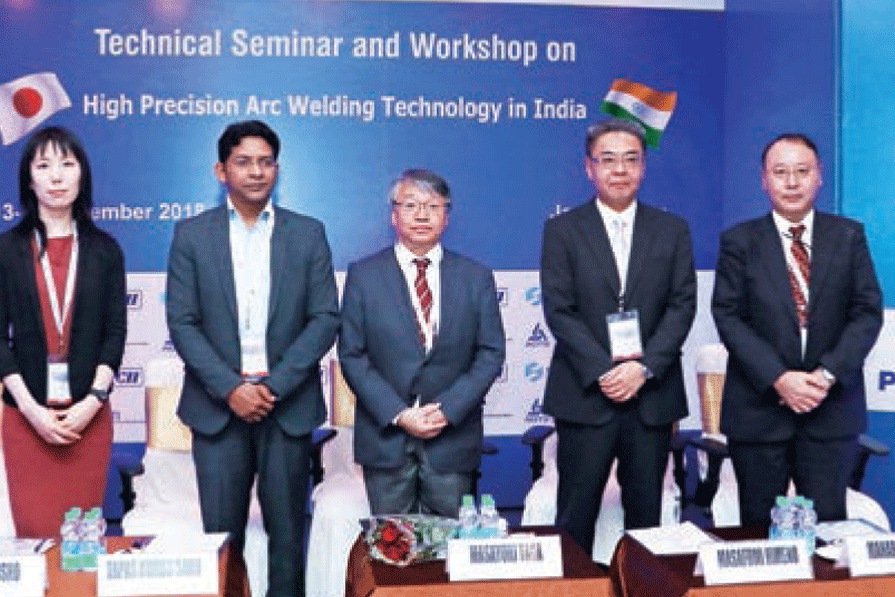

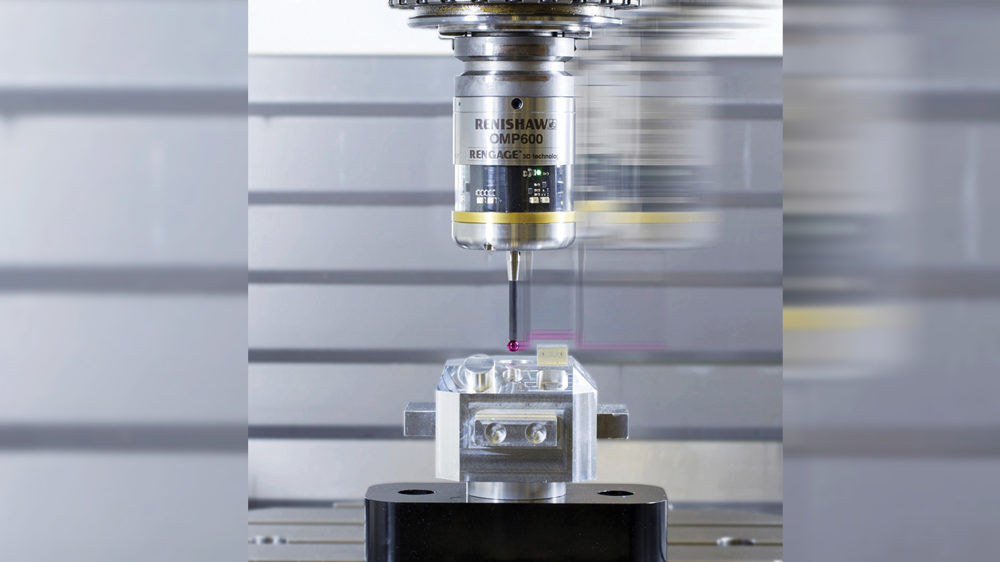
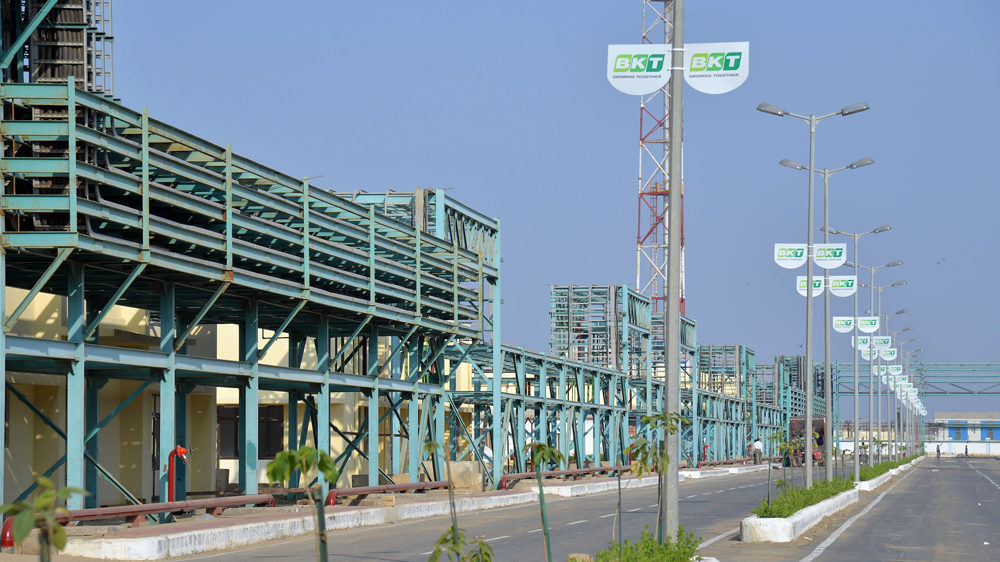
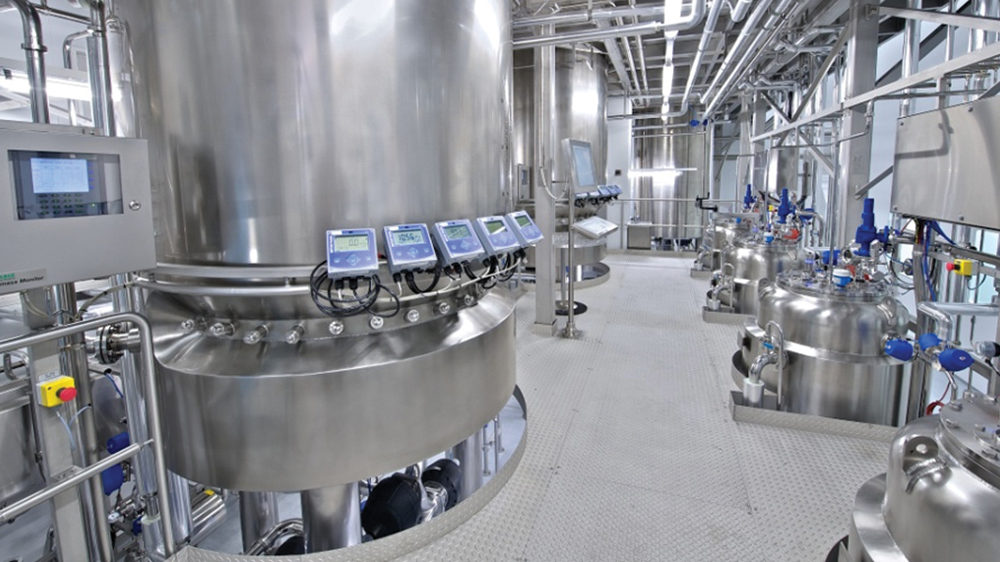
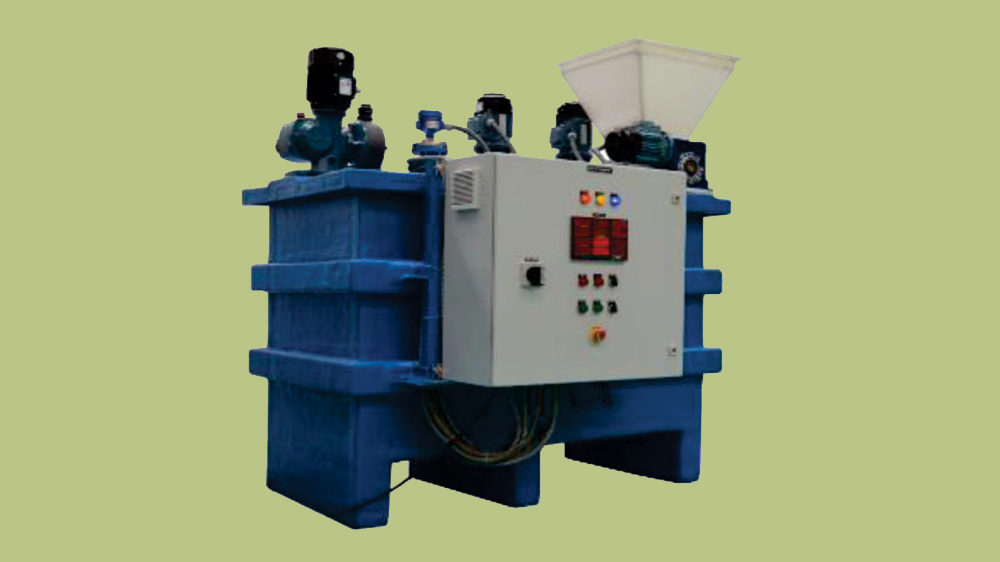

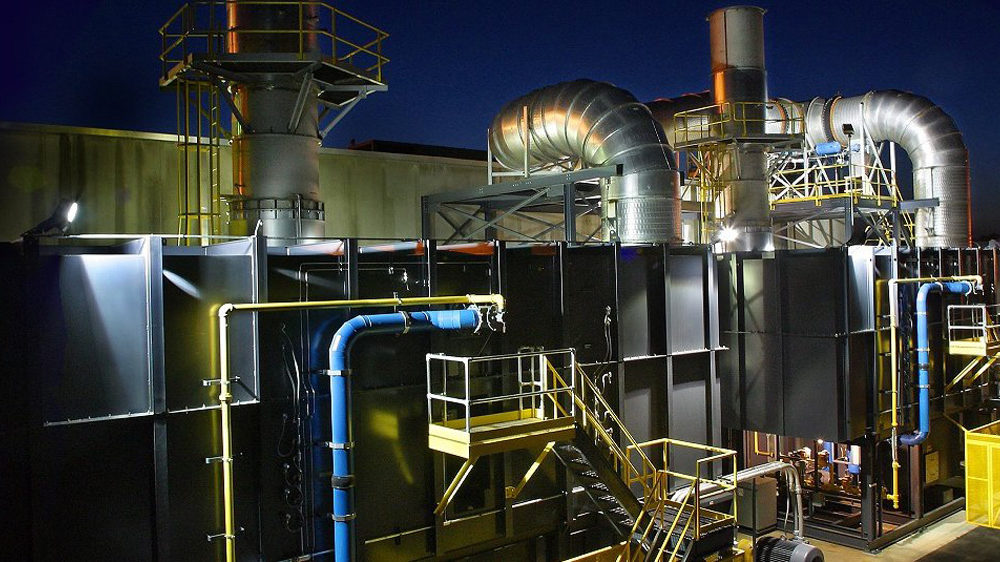






 English
English Hindi
Hindi